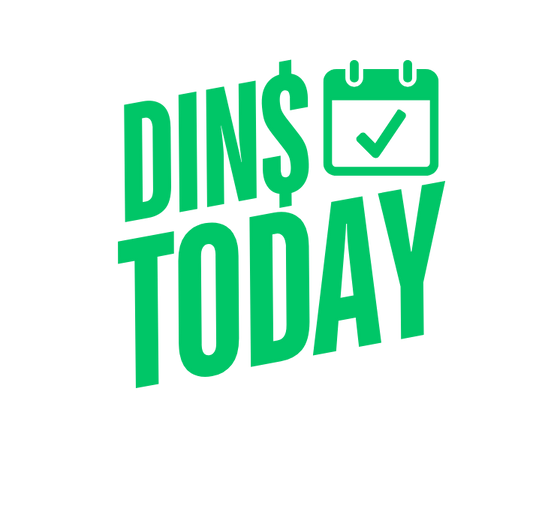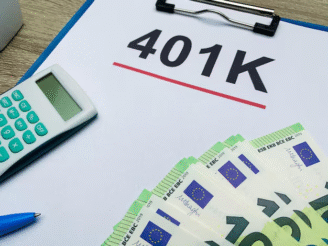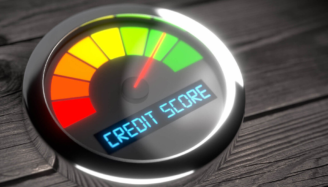How to apply for DAO-based loans in the US?
Discover how to apply for DAO-based loans in the US with clear steps on platforms, wallets, collateral, risks, and repayments.
Understand how to apply for DAO based loans in the US

Decentralized Autonomous Organizations (DAOs) are reshaping the way financial services operate. Among their many innovations, DAO-based lending stands out as a new alternative to traditional credit systems.
Instead of relying on banks or intermediaries, users can access financing through smart contracts governed by decentralized communities.
But how does this process actually work in the US? Let’s break it down step by step.
What Are DAO-Based Loans?
DAO-based loans are lending agreements managed by decentralized protocols, often built on blockchain networks like Ethereum.
Unlike conventional loans, they do not require a centralized institution to approve your request. Instead, the loan process is governed by automated smart contracts and the rules established by the DAO’s members.
Borrowers typically provide cryptocurrency as collateral, and in return, they receive stablecoins or other digital assets that can be used for payments, investments, or conversions into US dollars.
Why Choose DAO-Based Loans?
There are several reasons why individuals and businesses in the US are exploring this alternative:
- Accessibility: No need for a traditional credit score;
- Speed: Smart contracts execute transactions almost instantly;
- Transparency: All rules and interest rates are visible on the blockchain;
- Community Governance: Decisions about terms and conditions are voted on by members.
This makes DAO loans particularly attractive to people who may not qualify for traditional bank loans but still want secure and efficient access to liquidity.
Step 1: Choose a DAO Lending Platform
The first step is to identify which DAO-based platform best suits your needs. Some of the most popular options include MakerDAO, Aave, and Compound.
- MakerDAO allows you to lock up cryptocurrency (like ETH) as collateral and mint DAI, a stablecoin pegged to the US dollar;
- Aave offers both borrowing and lending opportunities, with flexible terms;
- Compound lets you supply or borrow assets, earning interest or taking loans directly through the protocol.
Each platform has its own rules, interest rates, and risk profiles. Take time to research before committing.
Step 2: Set Up a Digital Wallet
To interact with any DAO platform, you need a crypto wallet compatible with Web3 applications. Examples include MetaMask, Coinbase Wallet, and Trust Wallet.
This wallet will allow you to connect with the DAO’s smart contracts, deposit collateral, and manage your borrowed assets. Make sure your wallet is secure, and always back up your recovery phrase.
Step 3: Deposit Collateral
DAO-based loans generally require overcollateralization. This means you must deposit more value than you borrow, protecting the system against volatility.
For example, if you want to borrow $1,000 in stablecoins, you might need to lock up $1,500 worth of ETH. If the value of your collateral drops too much, the smart contract could automatically liquidate part of it to secure the loan.
Step 4: Borrow Funds
Once the collateral is deposited, the smart contract will allow you to borrow digital assets, usually stablecoins like DAI or USDC. These can then be transferred to an exchange and converted into dollars if needed.
Interest rates are algorithmically determined by supply and demand within the platform, and they can change in real time.
Step 5: Repay the Loan
To close your position, you must repay the borrowed amount plus the accrued interest. Once completed, your collateral is released back into your wallet.
Failing to repay on time or allowing collateral to fall below the required threshold can result in liquidation, so it’s crucial to monitor your position regularly.
Final Thoughts
Applying for a DAO-based loan in the US is not complicated once you understand the steps. It requires choosing a reliable platform, securing a digital wallet, depositing collateral, and carefully managing repayments.
While risks exist, the benefits of transparency, speed, and accessibility make DAO loans a compelling alternative for individuals and businesses seeking financial flexibility.
As regulations evolve, DAO-based lending may become an even more integral part of the financial ecosystem. For now, it offers a fresh and innovative way to access credit without traditional barriers.





